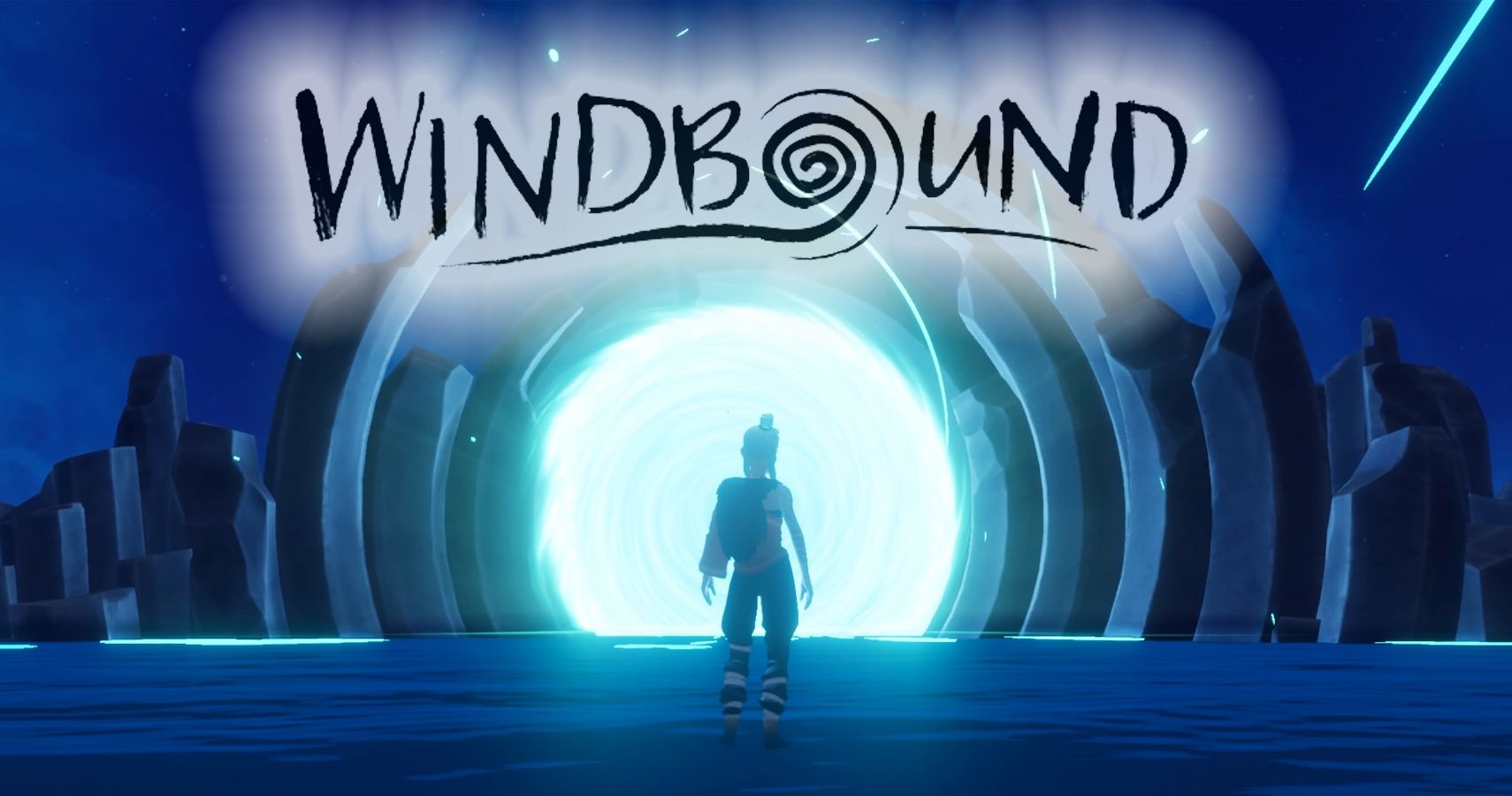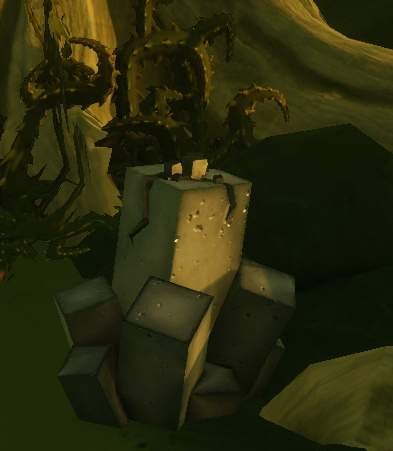

For a sustainable meal, the player will quickly need to craft some hunting implements – either a slingshot or a crude spear – and take down some of the game’s wildlife, cooking the meat on a fire for maximum effect. The player’s stamina bar doubles as their hunger bar when Kara’s hungry, she can’t run for as long, and thus survival gets harder and harder. The first island the player wakes up on will likely have no food at all the second, maybe a handful of barely-filling berries. Instead, as long as the player keeps Kara satiated and away from danger, there’s no risk at all of dying.īut of course, food is hard to find and danger is ever-present. These simple resources serve as the stand in for more complex survival systems in other games there’s no need to worry about water, health conditions or sickness here. Just like the latter, Kara has a health bar and an all-purpose stamina bar. Immediately, the game draws a superficial comparison to the design of more recent Zelda entries like The Wind Waker and Breath of the Wild. She’ll need to scramble to find food and equipment if she’s to solve the game’s core mystery – a post-apocalyptic story concerning ancient civilisations, monsters, and a hopeful future. Players fill the shoes of Kara, a white-haired young woman who finds herself traversing a mysterious portal and onto a tiny deserted island. It’s a classic human-vs-nature story reminiscent of Robinson Crusoe or Castaway, where the savvy player will do whatever they need to do to survive against the odds. The core conceit is that it’s a survival game set on an archipelago of randomly generated islands, with the player building an increasingly seaworthy canoe to traverse larger and more perilous gaps between safe spaces in an effort to survive. There’s a lot to love about this game, but I’d be hard-pressed to consider much of it particularly satisfying. And into an already love-it-or-hate-it genre comes Windbound, a game which does successfully hit the right notes to be an effective survival experience, but makes some even more divisive design choices regarding exploration, narrative and world-building. Things like permadeath, repetition, disempowerment, unsatisfying combat, even at times tedium – normally we don’t value these things in games, but each of these things are crucial to making a survival gameplay loop work.

The survival genre is interesting to write about critically, since many design choices which would feel grating or exhausting in any other genre are, instead, the survival game’s calling card.


 0 kommentar(er)
0 kommentar(er)
